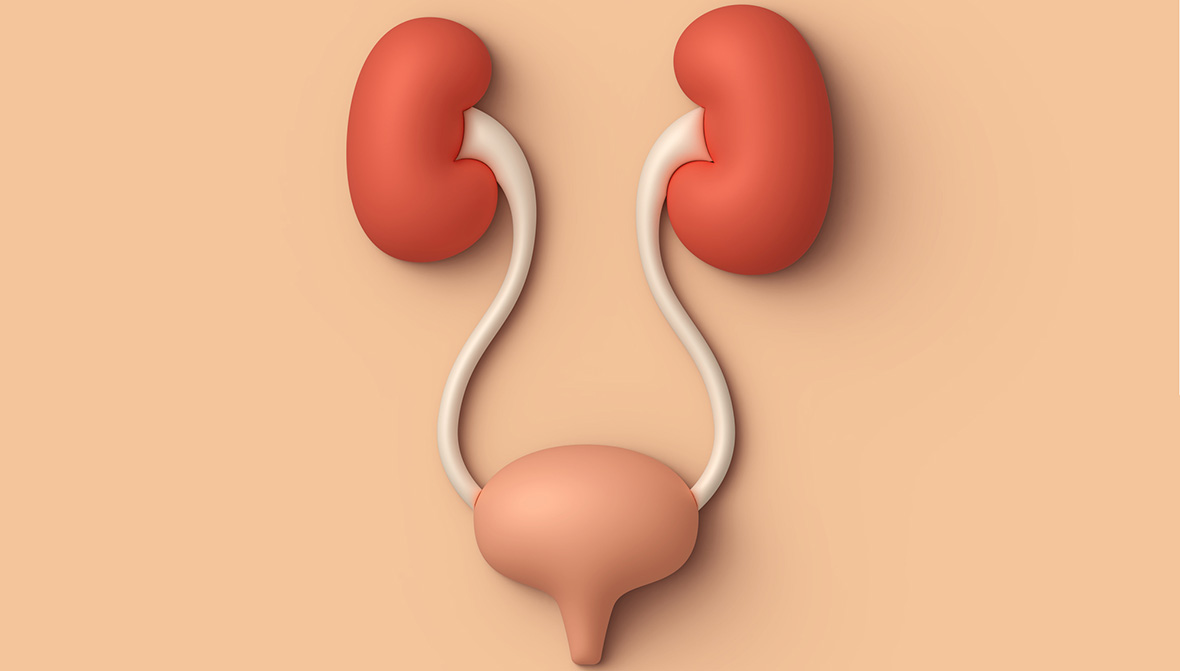
Many treatments and therapies can be ineffective for those with an overactive bladder or those who suffer from urinary incontinence. Most bladder medications and physical therapy target the muscles that control the bladder. However, a bladder pacemaker procedure, also known as sacral neuromodulation, targets the sacral nerve which controls bladder sensations.
The bladder pacemaker is a small device that uses nerve-modulating technology to help gain control of a patient’s bladder. It is surgically implanted near the third sacral nerve, close to the tailbone, with an insulated wire that connects to the sacral nerves.
By transmitting electrical pulses, the bladder pacemaker corrects the communication between the brain and the sacral nerves. This neurostimulation can reduce urinary incontinence and the feeling of urinary urgency.
The bladder pacemaker often involves a two-stage procedure:
- First, a patient goes through a ‘testing’ stage to make sure the bladder pacemaker is the correct procedure to relieve their symptoms. During this stage, a thin wire is inserted through the patient’s lower back and connected to the sacral nerves. An external stimulator, usually worn on the waistband, emits electrical pulses through the wire for three to seven days.
- If the patient experiences improvement during the first stage, they can go through the full bladder pacemaker procedure to have the device implanted.
This treatment could result in a significant improvement in life for those struggling with bladder control. Depending on the patient’s age, there is about a 70 percent to 80 percent effective rate from the procedure.
The treatment is known to be very safe. However, here are a few side effects that a patient could experience after the procedure:
- Pain at the site of implantation
- Skin irritation or infection
- Unpleasant stimulation
- Wire migration or movement
- Device issues
If you have tried other treatments, such as lifestyle changes and medications, but are not able to gain control of your bladder, it might be time to speak with a doctor about a bladder pacemaker surgery.
The following practices may be able to help if you are experiencing loss of bladder control or urinary incontinence:
- UofL Physicians – Urology in Louisville: 502-588-4740
- UofL Physicians – Urology Associates in Shelbyville: 502-405-9450
- UofL Physicians – Urogynecology in Louisville (for women): 502-588-7660
- UofL Physicians – Urogynecology Associates in Louisville (for women): 502-977-5907









